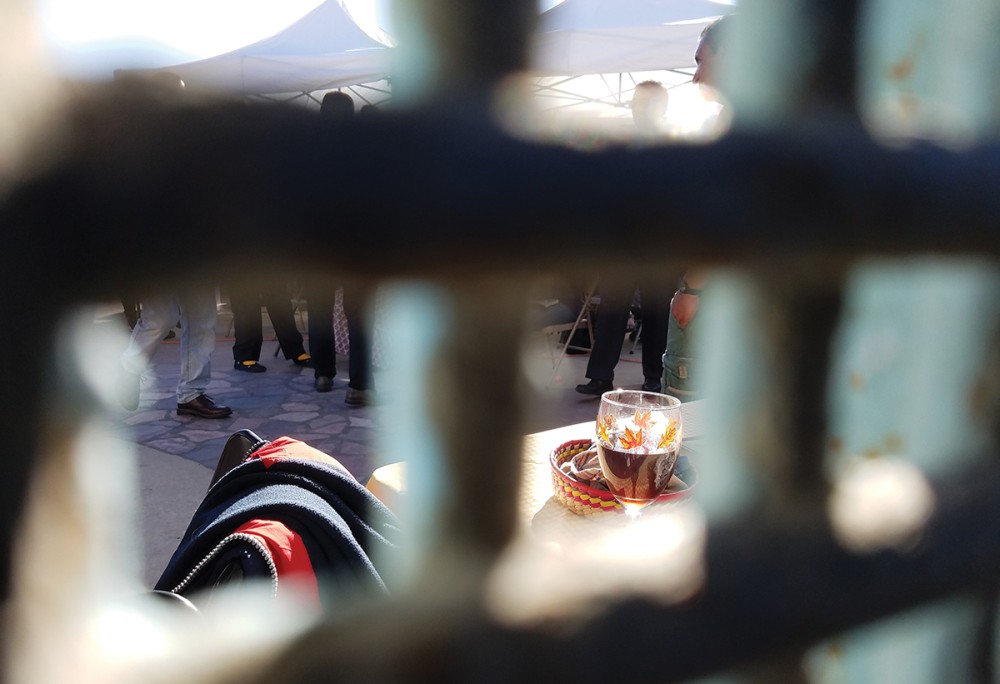A congregation that spans the US-Mexico border
For more than a decade, Christians have worshiped together across the border wall.

For the better part of a decade Christians have met to share a communion meal across the US-Mexico divide south of San Diego. This meeting has gone through many permutations through the years, and I was curious to see it up close. The only route to the border site begins at a state park that was off the beaten path, several turns down dirt roads into what seemed like wilder and wilder country.
When a friend and I pulled into the sandy parking lot that the internet had told us was the meeting place for the border church, our Uber driver was reluctant to leave us. There was no sign of church or church people. As we pondered what to do, we saw a man coming out of the weeds near a dumpster. I decided to ask him about the church. As I walked up to him, I noticed his long, ZZ Top beard and a baseball bat in his hand. “Hello,” I said. “We are looking for the border church. Do you know anything about it?”
To my surprise, he said, “Oh yeah.” He glanced around the parking lot. “I don’t see John’s car anywhere, but I saw a couple of church people on the trail. You just go that way.” He gestured toward the ocean. “Then you turn and you go that way.” He pointed toward the border wall looming in the distance. “I’d call John for you,” he said, pulling a cracked pink phone out of his pocket and poking at it with his finger, “but I’m not getting any service.”





